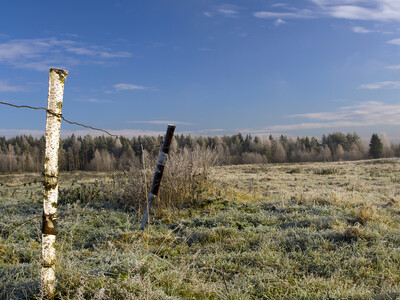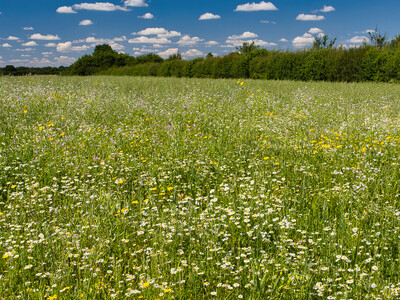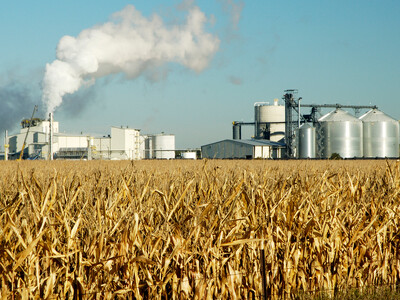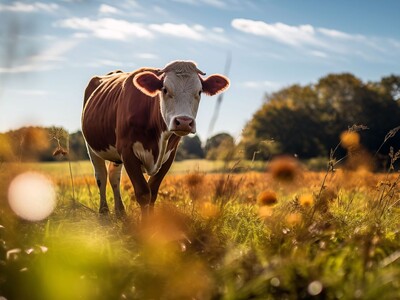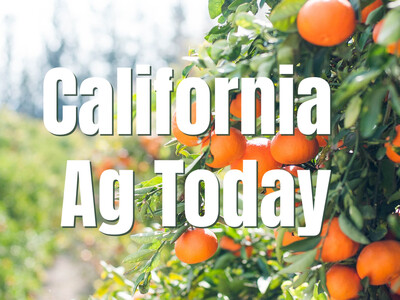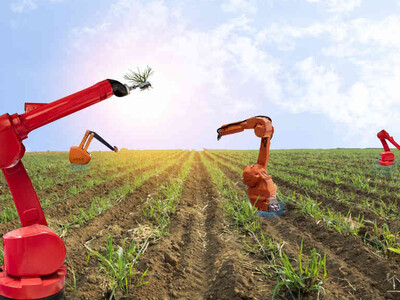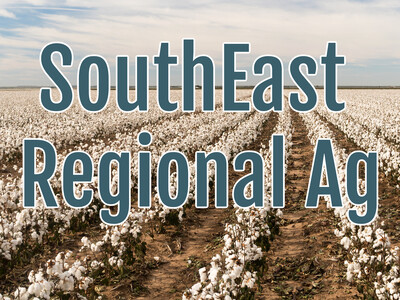Benefits of No-Till Farming
Benefits of No-Till. I’m Greg Martin with today’s Line On Agriculture.
Less is more. You’ve heard that before. David Huggins is a USDA-ARS Soil Scientist out of Pullman, WA who says that by doing a little less work in the field you are setting yourself up for a lot of benefits.
HUGGINS: No-till is a way of farming basically and it changes pretty radically things we do from the standpoint of management. We’ve got to pay attention to different kinds of weeds, the fertility situation is different, we need to address that. The equipment is all different from the standpoint of planting and basically you’re seeding directly into the residues of the previous crop without any tillage so that lack of disturbance just really radically changes your soil and everything else in terms of the management.
He says there is a learning curve from the management standpoint.
HUGGINS: In our area here around the Pullman (WA) area and eastern Washington there’s actually been some really good mentoring programs to try to link growers that are experienced to no-till with those that are interested in trying it out. Those programs have been really successful because they kind of avoid the kind of train wrecks that can go along the way if you don’t really know what you’re doing.
They have recently released some new research on the benefits of no-till farming.
HUGGINS: Just looking at the effect of crop residues in this case, standing wheat straw how it impacts how snow - and snow means water - how snow and water are stored across the landscape and what we found was that residues really influence how the snow is distributed. So on a conventional field with no residue if the snow comes in it tends to blow off the south sides and the ridge tops and accumulates on north sides in big drifts.
That is dramatically changed when you leave the stalks and other materials on the fields.
HUGGINS: The residues tend to slow the wind speed and they capture the snow and we find that there’s much less drifting and we tend to accumulate more snow and that equates to water on those south sides and ridge top positions. So we get a much more uniform distributions of water across the field and as you know in eastern Washington, northern Idaho we rely heavily on stored soil water. You know 60 to 70% of our water comes in the form of precipitation in the winter time.
Tomorrow, more on the benefits of no-till farming.
That’s today’s Line On Agriculture. I’m Greg Martin on the Ag Information Network.




